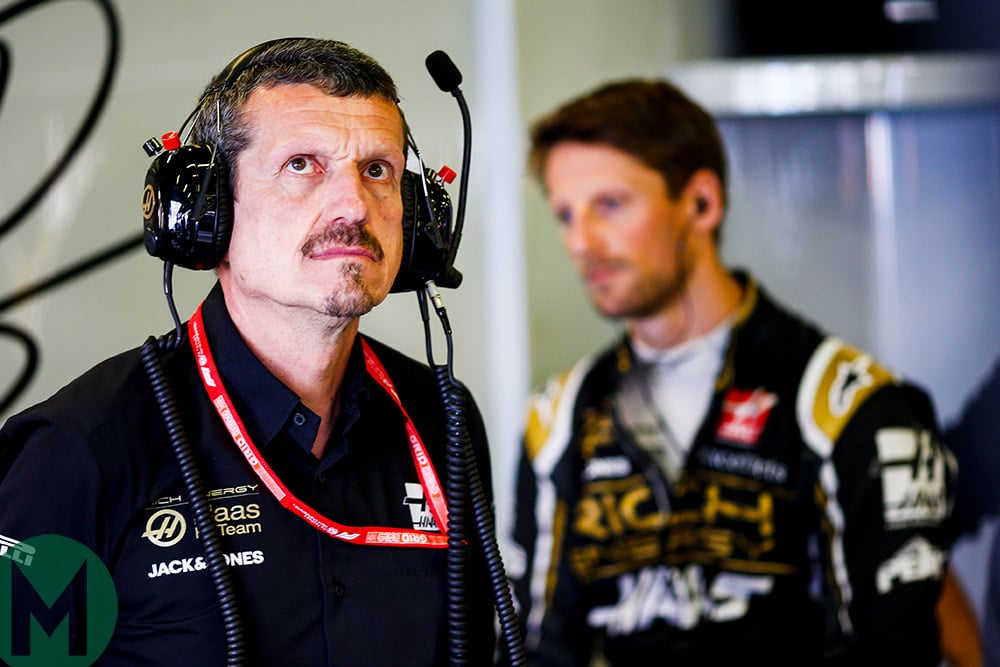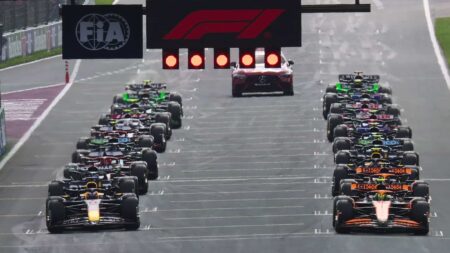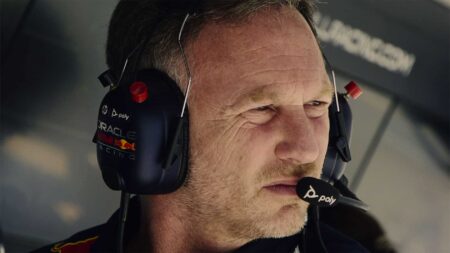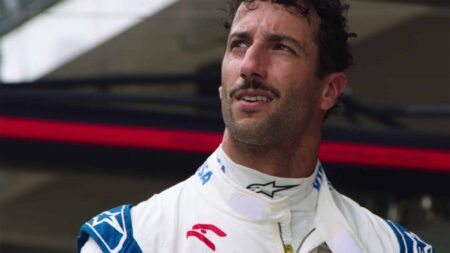
F1 movie outguns Drive to Survive in $144m opening weekend
F1: The Movie drew a bigger audience in its opening weekend than the latest Drive to Survive did in its first ten days of release
Netflix Formula 1 series ‘Drive to Survive’ is all style and little substance

What is ‘Formula 1: Drive to Survive’ not telling us? For this 10-part Netflix series on eight of Formula 1’s teams – not including interviews with Ferrari or Mercedes personnel – seems to hide a lot under its gritty and slickly-presented veneer.
There’s no doubt that the series is aimed at people on the fence when it comes to watching F1. With its bass-heavy sound editing and quick cuts that distil races down into exciting montages of action and carnage, this is a hammed-up depiction of the motor sport, and one that doesn’t really dwell on the boring bits.
There’s no explanation of pit strategy here, nor the political plays when it comes to defining 2019 regulations. And any victories on track are made to seem much closer than they actually are.
To think of ‘Drive to Survive’ as a documentary is wrong.
As a result, we’re left with beautiful shots of crashes, pitstops and overtakes, which makes sense.
‘Top Gun’ made aerial combat seem rock n’ roll with close-range dogfights and lots of stunning shoulder-padded groupies. In reality, the F-14’s Sidewinder missiles had an operational range of 35 kilometres and, well, I have no idea about the groupies.
But who would watch pre-flight checks, planes making their way to cruising speed, and then a pilot pleading for clearance to fire a missile at a target well out of eyeshot?
In the same way, ‘Drive to Survive’ portrays F1 as a shouty, Günther Steiner-dominated circus in which Haas achieving a 10th place finish is given the same amount of airtime as a Lewis Hamilton victory.
This wouldn’t be much of an advert for F1 if it concentrated on the Mercedes/Ferrari hegemony, detailed Haas’s close relationship with the Scuderia, Honda’s struggles with packaging its power unit, Williams’ troubles with the loss of Martini sponsorship (although the team’s continued decline is covered) and the long process of defining the 2019 F1 regulations.
To think of ‘Drive to Survive’ as a documentary is wrong. Instead, thanks to its framing, it’s a dramatised version of events.
While we do get an insight into Force India’s factory as Lawrence Stroll deposes Vijay Mallya – whose silver mane does feature as he defends his financial comings and goings to the camera – and some drama at Red Bull as Daniel Ricciardo ponders his existence next to Max Verstappen, any intrigue that ‘Drive to Survive’ creates is left unanswered.
For example, Romain Grosjean’s story is framed with sympathetic overtones but it’s never actually explained why Haas retained his services for 2019 – particularly after numerous crashes of his are shown throughout the series. And it’s not made clear why Esteban Ocon isn’t picked up by any other team having been ousted by Force India in favour of Lance Stroll.
By leaving so many loose ends, ‘Drive to Survive’ does little to shake F1’s image of being a closed-off, secretive sport that easily alienates potential fans.
The series may, however, be an inspired marketing move by Liberty, which aims to capture the American audience who hopefully haven’t been left with a sour taste in their mouths after that Indianapolis Grand Prix.
So there’s a good reason for ‘Drive to Survive’ to exist in Liberty’s eyes. But this 10-episode series proves to be lacking substance on closer inspection.

F1: The Movie drew a bigger audience in its opening weekend than the latest Drive to Survive did in its first ten days of release

The wildly successful Netflix F1 series Drive to Survive has returned for Season 7 – we run through what features in the new show

The new series of Netflix series F1: Drive to Survive shows Christian Horner reacting to a key moment in the 2024 Red Bull controversy, when messages purporting to be from him were leaked

Daniel Ricciardo returned to Red Bull's junior team in the hope of making it the main squad – the new season of Drive to Survive shows just how close that came to happening, before he let it slip through his fingers